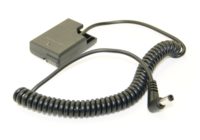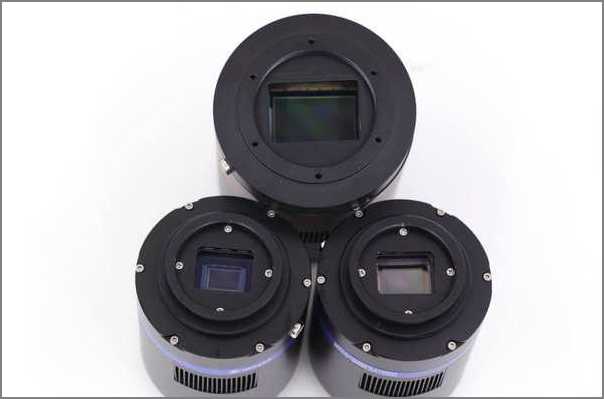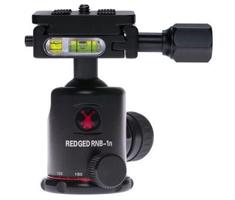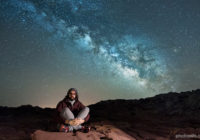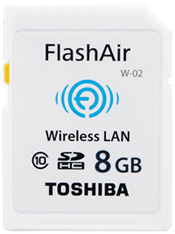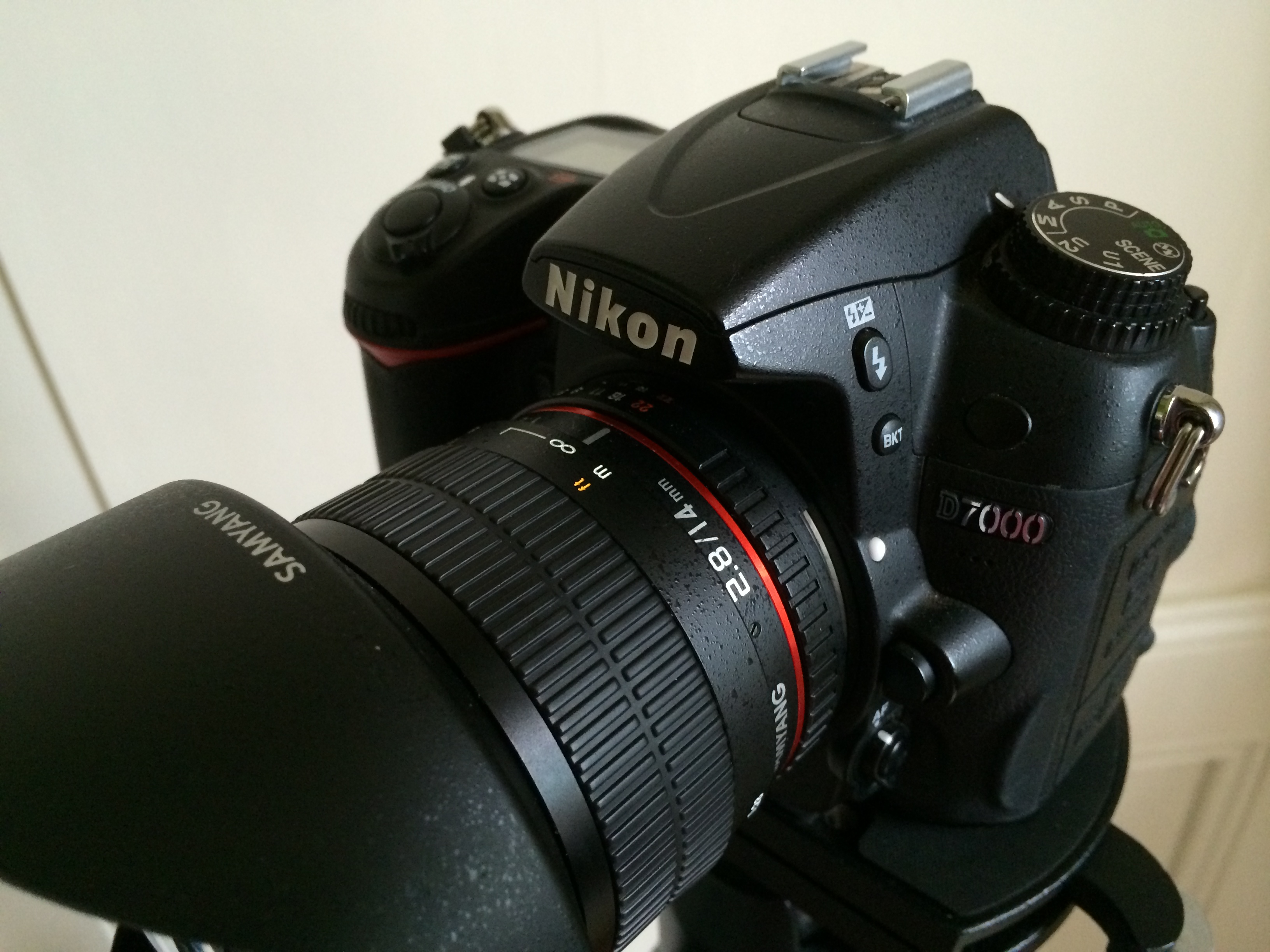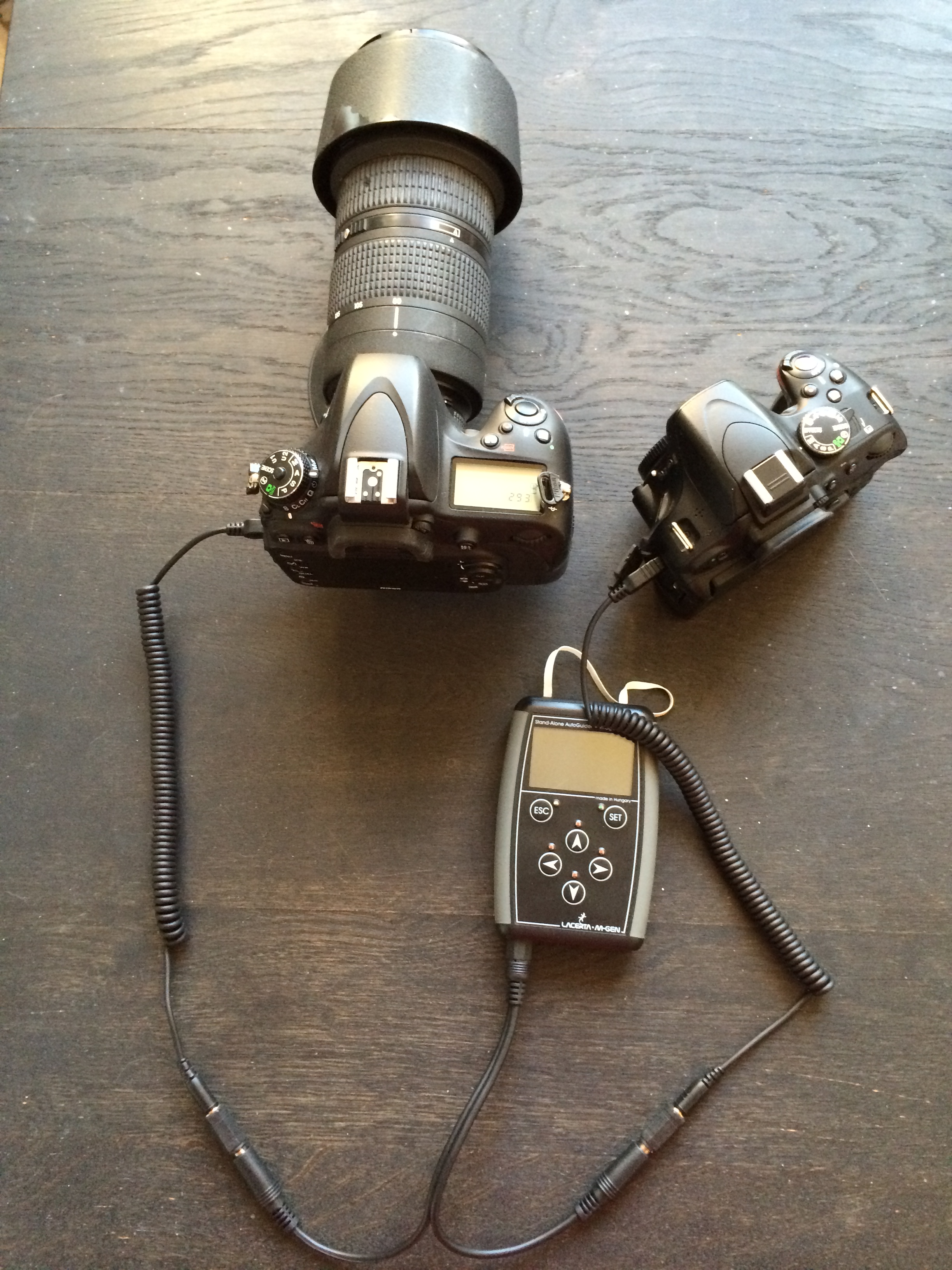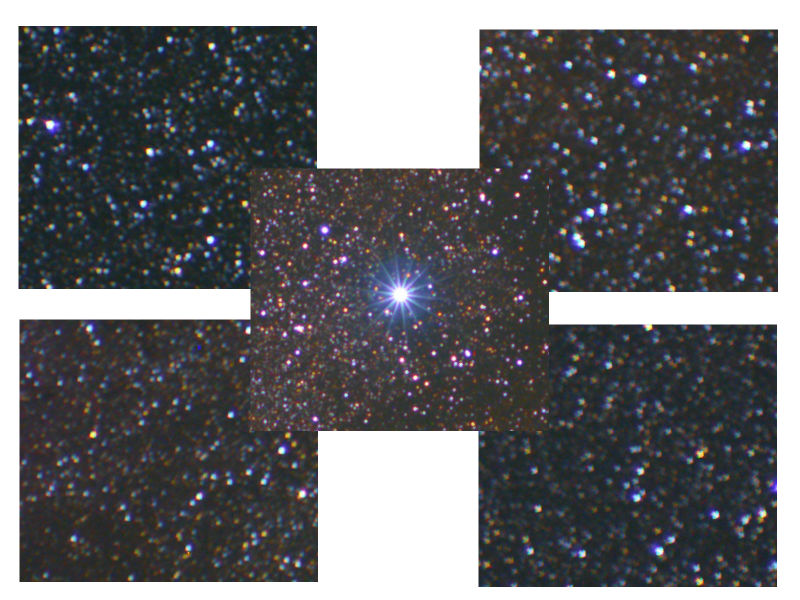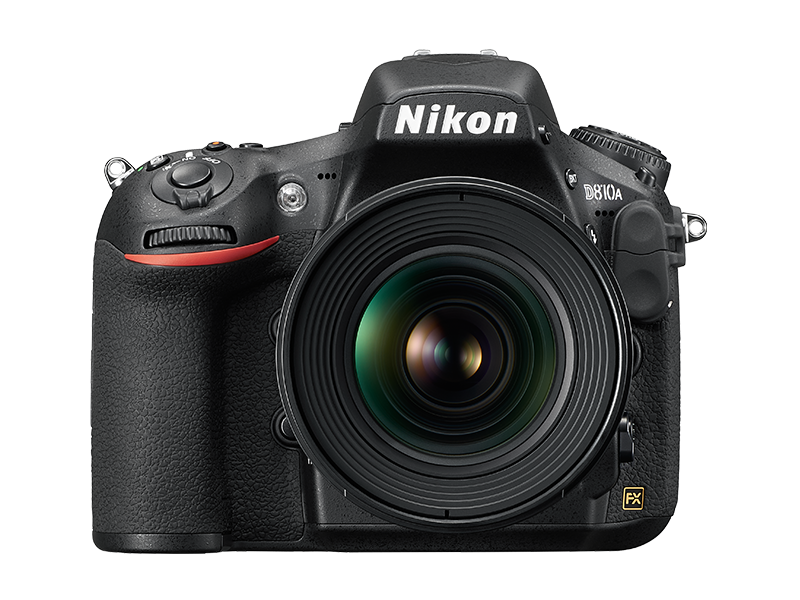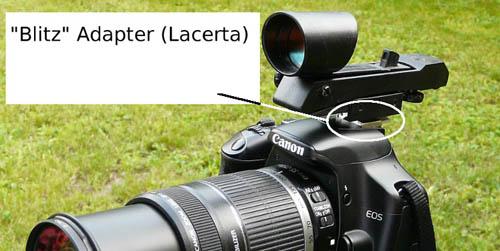Using a Nikon DSLR on external power can be really convenient and luckily solutions for this are available.
Read MoreEquipment
QHY working on cooled APS-C and Full Frame cameras
QHY will be releasing new cooled CMOS cameras based on the Nikon D810a and Nikon D5300 chips.
Read MoreRedged RNB-1n ball head review
For my astro-holiday to Namibia I wanted to have an extra ball head. Preferably something small and light for traveling and keeping the weight down on the mount. However, it needed to be capable of handing the Nikkor 80-200mm F2.8 which weighs around 1.8kg. So, the ball head should be capable of carrying 4kg easily without any slippage. That is of course vital when using this ball head for 5 or even 10 minute exposures….
Read MorePhotopills: The All in One app for photography pt1.
Wifi SD card for timelapses: Toshiba FlashAir SDHC card review
Calibrate the focus ring of the Samyang 14mm F2.8
The Samyang 14mm F2.8 is an excellent and affordable lens for astrophotography. The build and glass is excellent, as is the performance of this wide angle lens. However, the focus ring seems to be off on some lenses and it is a ‘guess’ where the infinity focus (or the hyperfocal distance) actually is located for your lens. This can be quite annoying, since it can be quite difficult to focus with a wide angle lens…
Read MoreControlling two camera’s with the Lacerta MGEN
The Lacerta MGEN is a great standalone autoguider that offers you the ability to control your DSLR with a timer of the MGEN. This enables you to use the dithering function of the MGEN, since it will know when your camera is in between exposures. But what if you use a duo setup where you use two camera’s at the same time? You’ll have to make sure both camera’s are in between exposures for the…
Read MoreAstrophotography with the Nikkor 50mm F1.8
Quite a while ago I wrote a short test on the little cheap gem amongst the Nikon lenses; the 50mm F1.8 D. This looked promising enough to test the lens for real under the stars. Let’s look at how this lens is performing with astro photo’s. Using the Nikkor 50mm F1.8 for astrophotography In the test I noticed that the lens seems to be sharpest when used at F2.8 so I used this setting to…
Read MoreNikon moves into astrophotography with the D810A
Update: Got a reaction from the press contact from Nikon on a view questions; “So far, the reaction I have seen has been generally positive for the camera, and for using the high resolution sensor.” “The H-alpha sensitivity is 4 times great than a standard D-SLR” “For future products, Nikon does not comment on any future products or speculation” —————- There were rumours for a few days already, but now it’s official; Nikon has made…
Read MoreUsing a red dot finder on your DSLR
Aiming and framing with a DSLR In many occasions you probably are using a DSLR for astrophotography on a mount that doesn’t have GoTo, so you have to find and frame your target manually. To see exactly what your camera is seeing you can make use of the liveview feature of your camera nowadays. This makes it a bit more easy, but you still only see the brightest stars in a relative narrow field of…
Read More